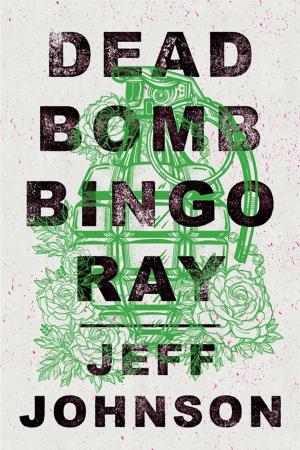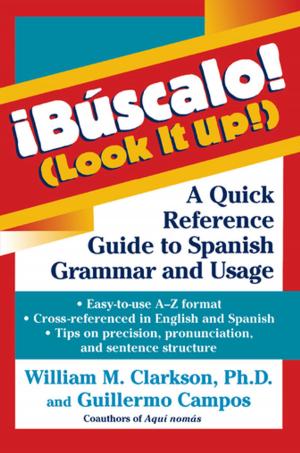| Author: | Russell Bourne | ISBN: | 9780470323601 |
| Publisher: | Turner Publishing Company | Publication: | April 21, 2008 |
| Imprint: | Wiley | Language: | English |
| Author: | Russell Bourne |
| ISBN: | 9780470323601 |
| Publisher: | Turner Publishing Company |
| Publication: | April 21, 2008 |
| Imprint: | Wiley |
| Language: | English |
They did the dirty work of the American Revolution
Their spontaneous uprisings and violent actions steered America toward resistance to the Acts of Parliament and finally toward revolution. They tarred and feathered the backsides of British customs officials, gutted the mansion of Lieutenant Governor Thomas Hutchinson, armed themselves with marline spikes and cudgels to fight on the waterfront against soldiers of the British occupation, and hurled the contents of 350 chests of British East India Company tea into Boston Harbor under the very guns of the anchored British fleet.
Cradle of Violence introduces the maritime workers who ignited the American Revolution: the fishermen desperate to escape impressment by Royal Navy press gangs, the frequently unemployed dockworkers, the wartime veterans and starving widows--all of whose mounting "tumults" led the way to rebellion. These were the hard-pressed but fiercely independent residents of Boston's North and South Ends who rallied around the Liberty Tree on Boston Common, who responded to Samuel Adams's cries against "Tyranny," and whose headstrong actions helped embolden John Hancock to sign the Declaration of Independence. Without the maritime mobs' violent demonstrations against authority, the politicians would not have spurred on to utter their impassioned words; Great Britain would not have been provoked to send forth troops to quell the mob-induced rebellion; the War of Independence would not have happened.
One of the mobs' most telling demonstrations brought about the Boston Massacre. After it, John Adams attempted to calm the town by dismissing the waterfront characters who had been killed as "a rabble of saucy boys, negroes and mulattoes, Irish teagues, and outlandish jack tars." Cradle of Violence demonstrates that they were, more truly, America's first heroes.
They did the dirty work of the American Revolution
Their spontaneous uprisings and violent actions steered America toward resistance to the Acts of Parliament and finally toward revolution. They tarred and feathered the backsides of British customs officials, gutted the mansion of Lieutenant Governor Thomas Hutchinson, armed themselves with marline spikes and cudgels to fight on the waterfront against soldiers of the British occupation, and hurled the contents of 350 chests of British East India Company tea into Boston Harbor under the very guns of the anchored British fleet.
Cradle of Violence introduces the maritime workers who ignited the American Revolution: the fishermen desperate to escape impressment by Royal Navy press gangs, the frequently unemployed dockworkers, the wartime veterans and starving widows--all of whose mounting "tumults" led the way to rebellion. These were the hard-pressed but fiercely independent residents of Boston's North and South Ends who rallied around the Liberty Tree on Boston Common, who responded to Samuel Adams's cries against "Tyranny," and whose headstrong actions helped embolden John Hancock to sign the Declaration of Independence. Without the maritime mobs' violent demonstrations against authority, the politicians would not have spurred on to utter their impassioned words; Great Britain would not have been provoked to send forth troops to quell the mob-induced rebellion; the War of Independence would not have happened.
One of the mobs' most telling demonstrations brought about the Boston Massacre. After it, John Adams attempted to calm the town by dismissing the waterfront characters who had been killed as "a rabble of saucy boys, negroes and mulattoes, Irish teagues, and outlandish jack tars." Cradle of Violence demonstrates that they were, more truly, America's first heroes.















